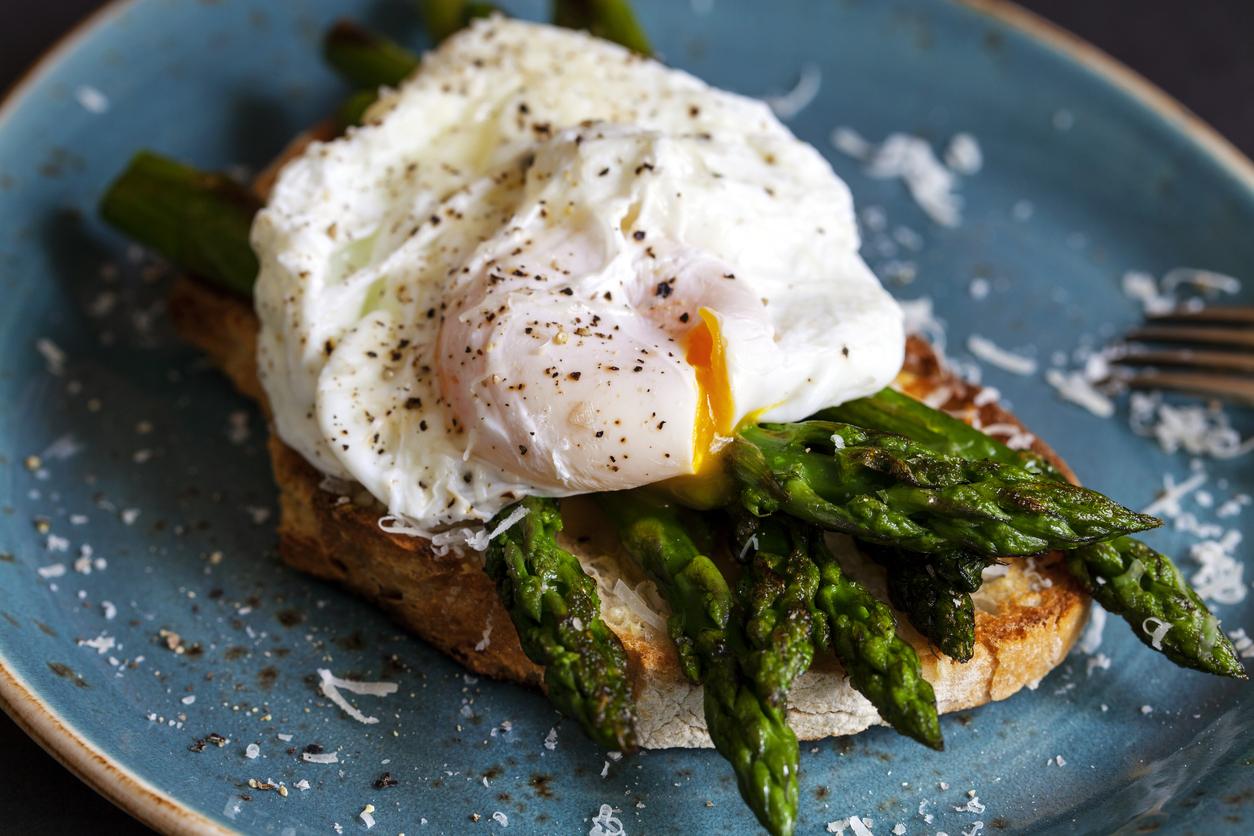How to poach an egg quickly
Plus, there’s minimal washing up

Your support helps us to tell the story
From reproductive rights to climate change to Big Tech, The Independent is on the ground when the story is developing. Whether it's investigating the financials of Elon Musk's pro-Trump PAC or producing our latest documentary, 'The A Word', which shines a light on the American women fighting for reproductive rights, we know how important it is to parse out the facts from the messaging.
At such a critical moment in US history, we need reporters on the ground. Your donation allows us to keep sending journalists to speak to both sides of the story.
The Independent is trusted by Americans across the entire political spectrum. And unlike many other quality news outlets, we choose not to lock Americans out of our reporting and analysis with paywalls. We believe quality journalism should be available to everyone, paid for by those who can afford it.
Your support makes all the difference.While tricky to perfect, a poached egg served on hot toast with a crack of black pepper is a hard thing to beat and arguably the best way to start your day.
When it comes to mastering a flawless technique though, chefs have long debated the importance of temperature, the amount of water and even the pros and cons of adding vinegar or salt.
Luckily, the experts at Kitchn – a daily online food magazine – have revealed a fool proof way to make the perfect poached egg in less than 90 seconds.
The secret? Cooking it in the microwave.
All you need is an egg, a mug, half a teaspoon of vinegar and a third to half a cup of water.
First of all, start by placing both the water and vinegar into the mug before cracking in the egg and making sure it’s fully submerged into the mixture.
Next, place the mug into the microwave and cover with a small plate or saucer.
With your microwave on medium high power, cook the egg for just 60 seconds before carefully removing the plate to check it.
If the egg isn’t quite done, put the plate back and cook for a further 20 seconds.
Once ready, use a slotted spoon to drain the water out of the mug and place the egg onto your food of choice, be it chunky warm toast, a bagel or even a burger.
This article has been updated. It was first published in September 2017.
Join our commenting forum
Join thought-provoking conversations, follow other Independent readers and see their replies
Comments